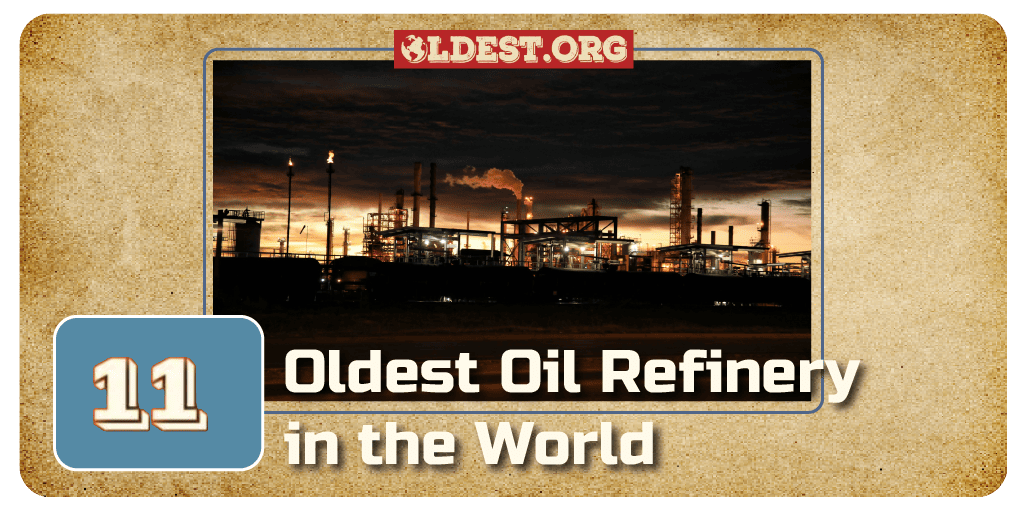Oil refineries are enduring symbols of industrial progress, converting crude oil into vital products that power the modern world. Among these are the 12 oldest refineries, each with a storied past and a profound impact on the global oil industry.
This article explores these historic refineries, tracing their origins, economic significance, and intriguing anecdotes. Join us as we delve into the remarkable stories behind the 12 oldest oil refineries in the world.
11. Balikpapan Refinery
Country: Indonesia
Year of Establishment: 1922
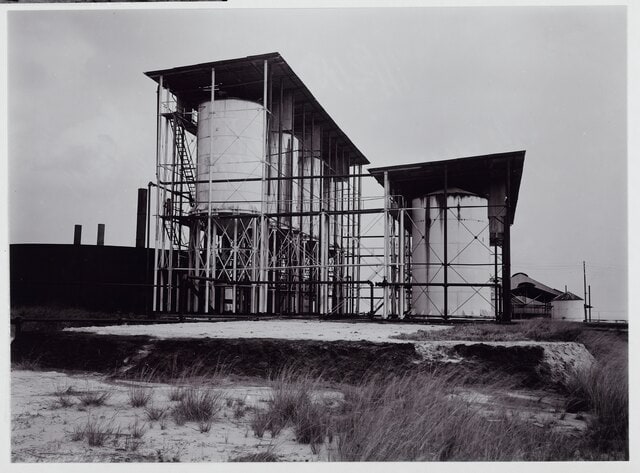
The Balikpapan Refinery, located in East Kalimantan, Indonesia, is one of the oldest refineries in Asia. Originally constructed by the Dutch, it was designed to process oil extracted from the region.
Over the years, the refinery has undergone significant expansions and modernizations to increase its capacity and efficiency. Today, it plays a crucial role in meeting Indonesia’s growing demand for petroleum products.
Did You Know?
The Balikpapan Refinery was heavily damaged during World War II and had to be rebuilt.
It is strategically located near oil fields in East Kalimantan, ensuring a stable supply of crude oil for processing.
10. Jaragua Refinery
Country: Brazil
Year of Establishment: 1918
The Jaragua Refinery, located in Sao Paulo, Brazil, is one of the oldest refineries in South America. It was established in 1918 by the São Paulo Tramway, Light and Power Company to refine oil for use in lamps and other purposes.
The refinery played a crucial role in the industrialization of Brazil, providing refined oil products for both domestic consumption and export.
Did You Know?
It was the first refinery in Brazil to produce gasoline, marking a significant milestone in the country’s industrial development.
The refinery has undergone several expansions and modernizations over the years to keep up with the growing demand for oil products in Brazil.
9. Abadan Refinery
Country: Iran
Year of Establishment: 1912
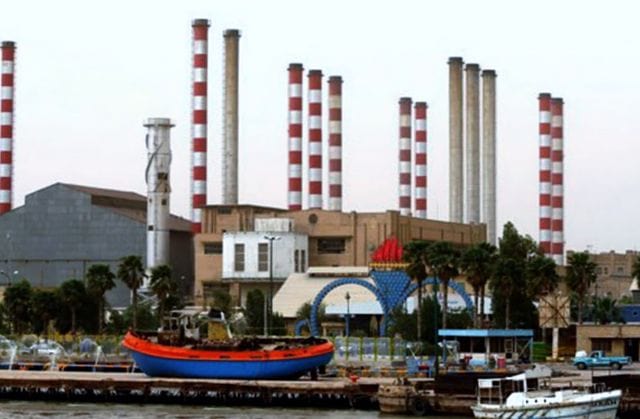
The Abadan Refinery in Iran, established in 1912, is one of the world’s oldest and largest oil refineries. Initially built by the Anglo-Persian Oil Company (APOC), later BP, it played a crucial role in Iran’s oil industry development.
Located strategically near the Persian Gulf, it processed heavy crude oil into various petroleum products. The refinery was known for its technological innovations and efficiency, supplying petroleum products globally.
Did You Know?
During World War II, the refinery was a target and heavily bombed in 1941 during Operation Countenance, disrupting oil production. It was rebuilt and expanded post-war, becoming one of the world’s largest refineries.
The refinery’s production capacity has varied due to political instability and conflicts. It has remained significant in Iran’s oil industry despite challenges.
8. Tampico Refinery
Country: Mexico
Year of Establishment: 1903
The Tampico Refinery stands as one of the earliest refineries in North America, playing a pivotal role in processing Mexican crude oil. Situated in the state of Tamaulipas, this refinery has a rich history closely intertwined with Mexico’s oil industry development.
Initially established by the Mexican Eagle Oil Company, a subsidiary of the Royal Dutch Shell group, the refinery has significantly contributed to Mexico’s energy sector growth.
Did You Know?
Over the years, the Tampico Refinery has undergone several modernizations and expansions to meet the increasing demands of the Mexican market.
Today, it stands as a testament to Mexico’s commitment to its energy independence and remains a crucial asset in the country’s oil refining capabilities.
7. Mantinela Refinery
Country: Italy
Year of Establishment: 1893
The Mantinela Refinery, located in Italy, stands as one of the country’s oldest and most significant oil processing facilities. Initially established in 1893, the refinery played a pivotal role in meeting Italy’s growing demand for refined petroleum products during the early 20th century.
Originally focused on producing kerosene for lighting, the refinery later adapted to produce a broader range of products, including gasoline, diesel, and lubricants, to meet the evolving needs of the market.
Did You Know?
Throughout its long history, the Mantinela Refinery has undergone several significant upgrades and expansions to enhance its efficiency and production capacity.
These improvements have allowed the refinery to remain competitive in an ever-changing market while continuing to meet the energy needs of Italy and beyond.
6. Coryton Refinery
Country: United Kingdom
Year of Establishment: 1893
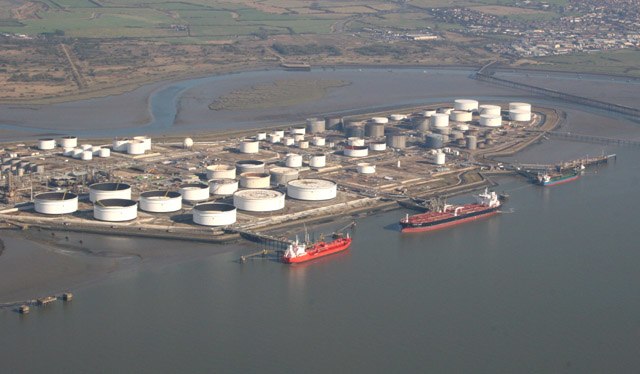
Located in Essex, England, the Coryton Refinery was one of the earliest oil refineries in the United Kingdom. Originally established by the Vacuum Oil Company, it significantly met the country’s growing demand for refined petroleum products during the early 20th century.
The refinery initially processed crude oil imported from Russia, contributing to the development of the British oil industry.
Did You Know?
During World War II, Coryton Refinery played a crucial role in supplying fuel for the war effort, supporting military operations both domestically and abroad.
In 1950, the refinery underwent a major expansion, increasing its capacity to process crude oil and refining techniques, making it one of the largest and most advanced refineries in the UK at the time.
5. Pernis Refinery
Country: Netherlands
Year of Establishment: 1883
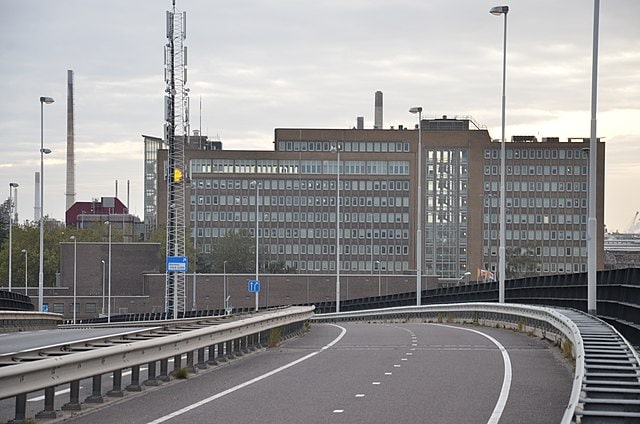
Located in Rotterdam, the Pernis Refinery is the largest oil refinery in Europe and one of the largest in the world.
Royal Dutch Shell operates it and has a massive capacity to process crude oil into various petroleum products. The refinery plays a crucial role in meeting the energy demands of the Netherlands and the broader European market.
Did You Know?
The Pernis Refinery has undergone numerous expansions and upgrades over the years to increase its efficiency and output.
It has a complex network of pipelines and storage facilities, allowing it to handle large volumes of crude oil and distribute refined products across Europe.
The refinery has also been at the forefront of implementing environmentally friendly technologies to reduce its carbon footprint and improve sustainability.
4. Burghausen Refinery
Country: Germany
Year of Establishment: 1866
The Burghausen Refinery, located in Burghausen, Germany, is one of the oldest refineries in Europe. Initially, it was established to produce kerosene, a crucial fuel for lighting in the 19th century.
Over the years, the refinery has undergone significant expansions and modernizations to keep pace with technological advancements and increasing demand.
Did You Know?
The refinery’s strategic location near the Austrian border has facilitated the transportation of refined products to various markets in Central Europe.
Burghausen Refinery is now part of the Bavarian refinery system and is operated by OMV Deutschland GmbH, a subsidiary of OMV, an international oil and gas company based in Austria.
3. Baku Oil Refinery
Country: Azerbaijan
Year of Establishment: 1859
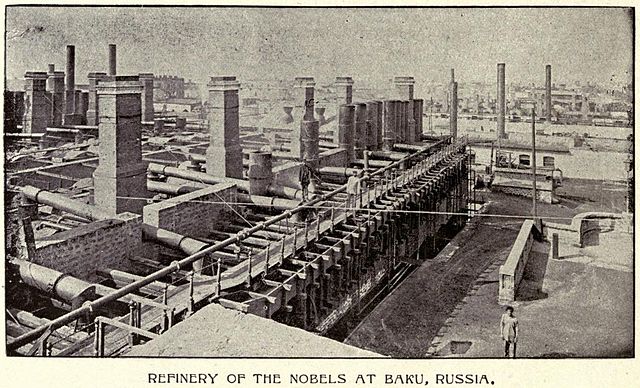
The Baku Oil Refinery, located in Azerbaijan, is one of the oldest oil refineries in the world. It played a pivotal role in the early oil industry, processing crude oil extracted from the Baku oil fields, which were among the earliest oil-producing regions in the world.
The refinery’s establishment marked a significant milestone in the industrial development of Azerbaijan and the broader Caucasus region.
Did You Know?
The Baku Oil Refinery was one of the first refineries to refine crude oil into kerosene, which was in high demand as a lighting fuel in the 19th century.
The refinery’s operations contributed to the growth of Baku as a major oil city and helped establish Azerbaijan as a prominent player in the global oil market.
2. Noble Refinery
Country: France
Year of Establishment: 1858
The Noble Refinery, located in France, holds a significant position in the history of oil refining in Europe. Established in 1858, it was one of the pioneering refineries in the continent, initially processing crude oil imported from Russia.
Over the years, it has undergone several expansions and modernizations to keep pace with the evolving oil industry.
Did You Know?
The Noble Refinery has been a center of technological innovation, introducing several advancements in refining processes.
It has played a crucial role in meeting France’s growing demand for petroleum products and has contributed to the country’s industrial development.
1. Ploiesti Refinery
Country: Romania
Year of Establishment: 1856
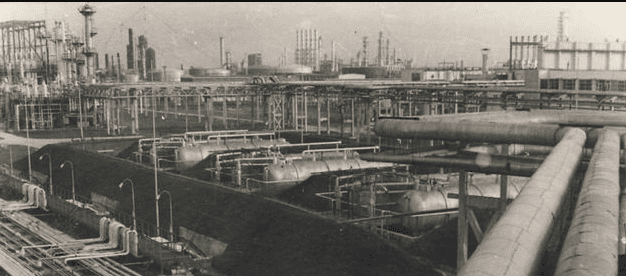
The Ploiesti Refinery, one of Europe’s oldest, began operations in 1856, processing oil from the nearby Ploiesti oil fields. It has been expanded and modernized over the years to meet growing demand, playing a crucial role in fueling Romania’s economy.
During World War II, the refinery was heavily bombed by Allied forces in an effort to disrupt Axis oil production. Despite the damage, it was rebuilt and continues to operate today, reflecting the resilience of the Romanian oil industry.
Did You Know?
The Ploiesti Refinery was a target of Operation Tidal Wave, a WWII bombing mission by the US Army Air Forces aiming to destroy its oil production capabilities.
Conclusion
These 11 oldest oil refineries stand as historic monuments to the early days of the oil industry, each playing a crucial role in fueling industrialization and economic growth in their respective regions.
From Europe to Asia, these refineries have witnessed the evolution of technology and the global impact of oil on society. Their stories show us human ingenuity and the enduring importance of oil in our world today.


